- Home |
- Search Results |
- 5 influential black men and women who shaped Britain
1. Harold Moody - Doctor, Preacher and Lobbyist for Social Reform
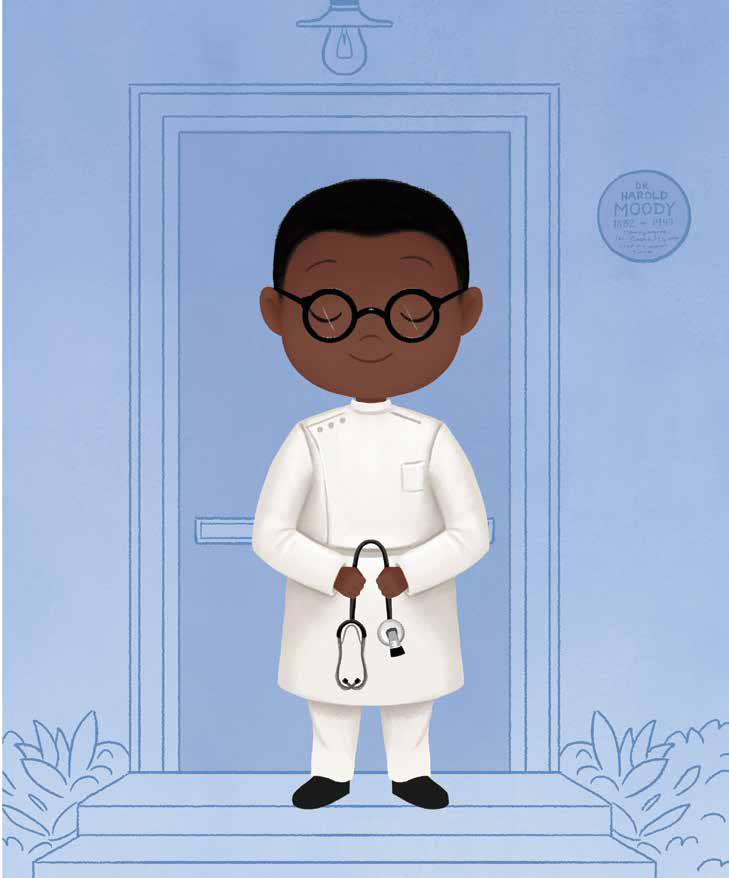
Born in Kingston, Jamaica, Harold was considered a British citizen. He was excited when he was admitted to King’s College London in 1904 to study medicine.
However, in London, where few black people lived, he encountered harsh racism. Harold was denied housing many times, and after he graduated, he was refused one hospital post because the matron did not want a black man working there. Instead, he opened his own practice. When he married Olive Tranter, a white nurse, she was told she was a traitor to her race.
Harold didn’t think this was right and started to push back – in his quiet, persistent way – against what was known at the time as the ‘colour bar’. He opened his house to other black immigrants who needed a place to stay, a job or a community.
Harold realized that he needed a more proactive way of making a change, so he formed the League of Coloured Peoples (LCP), an organization that would lobby the government and companies to improve their policies towards black people. Other activists at the time thought that Harold was too polite, but his method helped open doors. The LCP lobbied for hospitals to hire more black nurses, for changes to the made in how textbooks depicted black people, and for an end to housing discrimination. The league also successfully lobbied for reforms in how the United Kingdom governed its Caribbean colonies.
Harold was a visionary who, as a preacher, doctor and lobbyist for justice, worked towards a Britain where race didn’t hold people back and everyone received a fair chance.
2. Seaman William Brown - Sailor
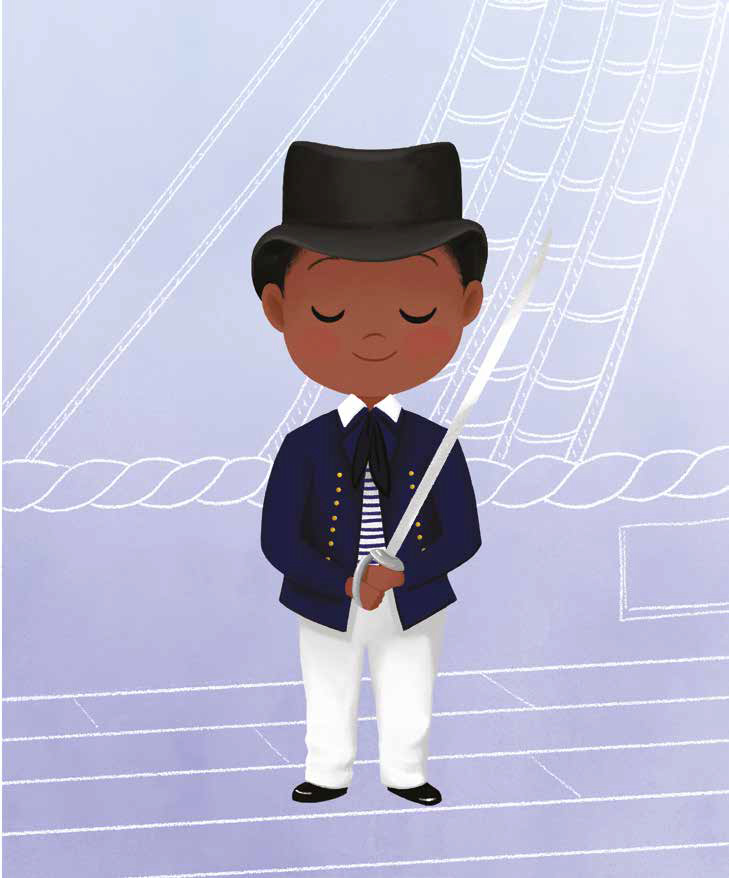
In 1815 it was discovered that Seaman William Brown was a black woman who had secretly disguised herself as a man in order to serve in the British Royal Navy. In the eighteenth and nineteenth centuries, it was not unheard of for a woman to pass herself off as a man to enlist in the military. At the time, Britain was the most powerful naval force in the world. It was a highly respected position, but being a sailor was no glamorous job. It was tough and dangerous work.
There are a few varying accounts of William Brown’s story. One version was published in the Annual Register for 1815. It states that she served on the flagship of Britain’s premier battle fleet, the HMS Queen Charlotte, for upwards of eleven years!
An official document from the ship – the muster list – tells a different story. It states that on 23 May 1815 a 21-year-old man from Grenada joined the crew of the HMS Queen Charlotte as a landsman – the lowest-ranking crew member – and was discharged on 19 June, for ‘being a female’. If that is the true story of William, she served for 27 days, which was no easy feat. As a landsman, she was entirely new to the hard work of life at sea and had to keep her identity a secret.
We may never know exactly what happened to William Brown, and we do not know her true name, but one thing is clear: she successfully enlisted and served her country and is recorded as the first black female to serve in the British Navy.
3. Charles R. Drew - Surgeon
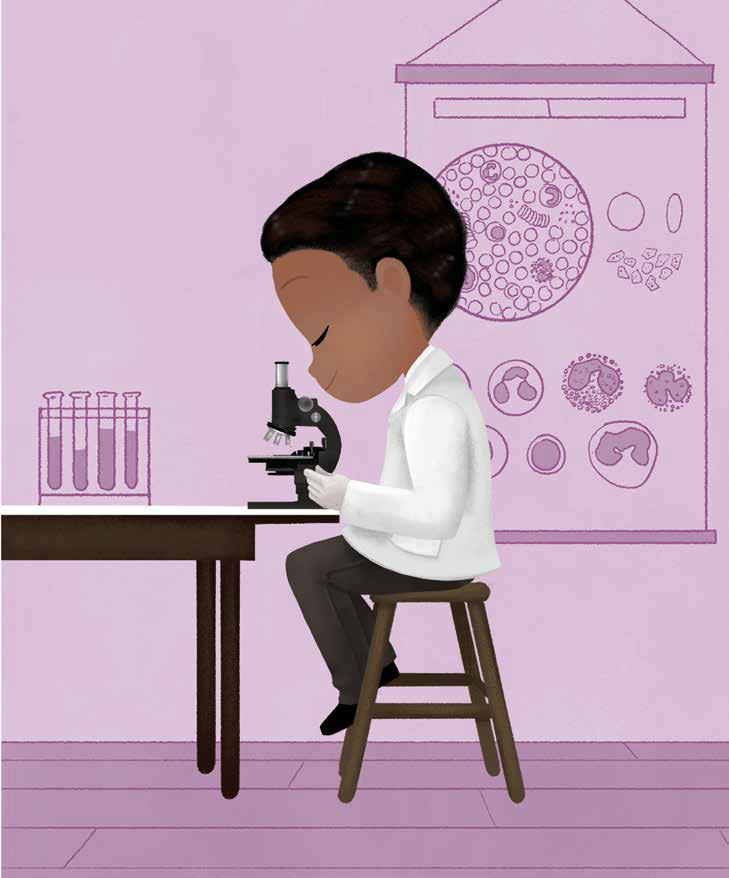
Although he was a bright student, Charles didn’t have perfect marks or always know exactly what he wanted to do. Two experiences got him interested in medicine: an injury on the football field and his sister’s tuberculosis. Afterwards, he became passionate about medicine and understanding how the body worked. He went to Montreal to study at the McGill University Faculty of Medicine.
During his surgical residency, working with bacteriologist John Beattie, Charles became interested in transfusion medicine: the transference of blood and blood products. Through his research, Charles found that if you separated the blood from the plasma (the liquid portion of blood without the blood cells), it lasted must longer – making it possible for blood to be stored. It could be preserved and shipped overseas, even taken out on to the battlefield. In 1940, after Britain was attacked by Nazi Germany, Charles was asked to lead a special medical effort called Blood for Britain.
Months before the United States entered the Second World War, Charles became assistant director of a new national blood bank system for the American Red Cross. They collected more than 10,000 pints of blood for the war effort. The military, however, decreed that blood taken from African American donors had to be segregated from whites’ blood and couldn’t be transfused into white people. Blood has no racial characteristics, so Charles knew this was wrong, both scientifically and morally. He spoke up, and in 1941 he resigned from his job. He returned to his former employer, Howard University, and became Chief of surgery at its Freedmen’s Hospital. He spent the next nine years mentoring students and advocating for the education and inclusion of African Americans in medicine.
Charles discoveries were responsible for countless lives being saved and transformed the medical field forever. He was a pioneer who took a stand for what was right.
4. Tessa Sanderson - Javelin Thrower and Heptathlete
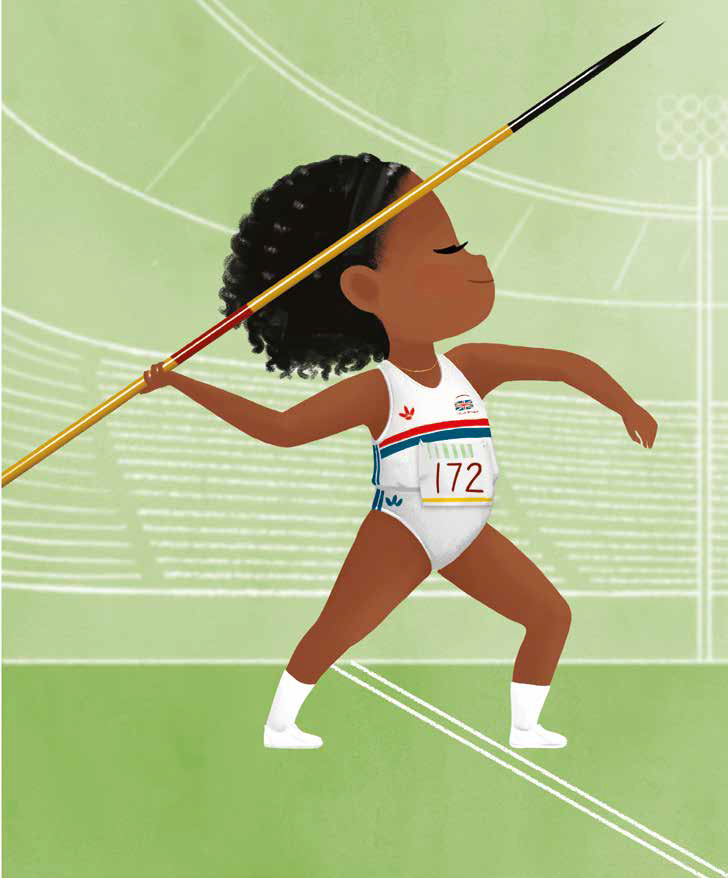
Tessa moved to Britain when she was only nine years old. Swapping the tropical Caribbean for an English city might seem a scary move but, helped by her love of sport, Tessa quickly made Wolverhampton her home.
She joined the local club, where she showed a lot of promise in the javelin and other heptathlon events. She was a rising star on the field and by the age of 16 had already won her first javelin championship. By 1976 she had earned her spot in her first Olympics Games. Meanwhile, she also participated in the Commonwealth Games – in the heptathlon, an event with seven elements (100-metre hurdles, high jump, shot put, 200 metres, long jump, javelin throw and 800 metres), and in 1981 she became the top British woman heptathlete.
Tessa’s biggest moment came in 1984 when she won a gold medal for Great Britain at the Olympics in Los Angeles. This made her the first British woman to win Olympic gold in the heptathlon, and the first black British woman to win an Olympic gold medal.
5. Paul Stephenson - Activist
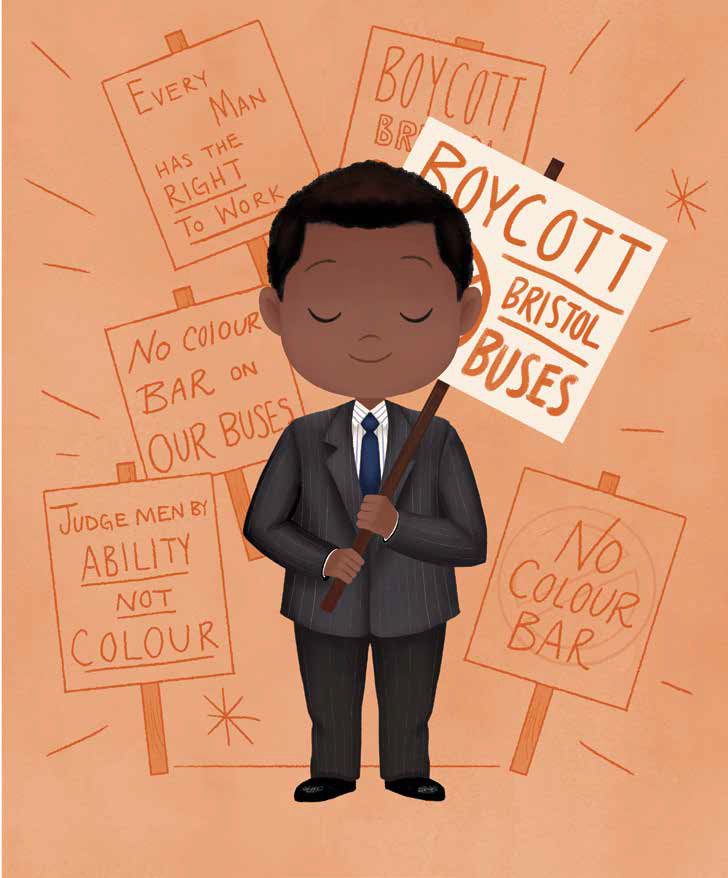
Despite growing up in the shadow of the Second World War, Paul had a happy childhood. He was two years old when the war began, and he was evacuated from London to the countryside.
When he moved back to London, Paul experienced racist hostility for the first time. Despite this, Paul was proud to be British and wanted justice for everyone. At 15, he joined the Royal Air Force. After seven years of service, he moved to Bristol, where he was the city’s first black social worker.
When Paul arrived in Bristol, he witnessed the racism that many Caribbean immigrants were experiencing. The Bristol Omnibus Company, for example, refused to employ black or Asian drivers. Inspired by the work of civil rights activists in the United States like Martin Luther King Jr and Rosa Parks, Paul called for a bus boycott, which lasted 60 days. On 28 August 1963, the same day Dr King gave his ‘I Have a Dream’ speech, the bus company announced it would hire black and Asian drivers!
Paul didn’t stop there. In 1964 he was refused service at a pub because he was black. In protest, he decided to stay until he was served. He was arrested, and the trial received media attention, forcing Britain to confront its racism. Paul was found innocent, and Britain’s prime minister promised him that the laws would change. In 1965 the Race Relations Act was passed, making racial discrimination illegal in public places, and Paul’s work helped pave the way for it.
Paul showed that it’s important to stand up for what is right, no matter how big or small the fight.